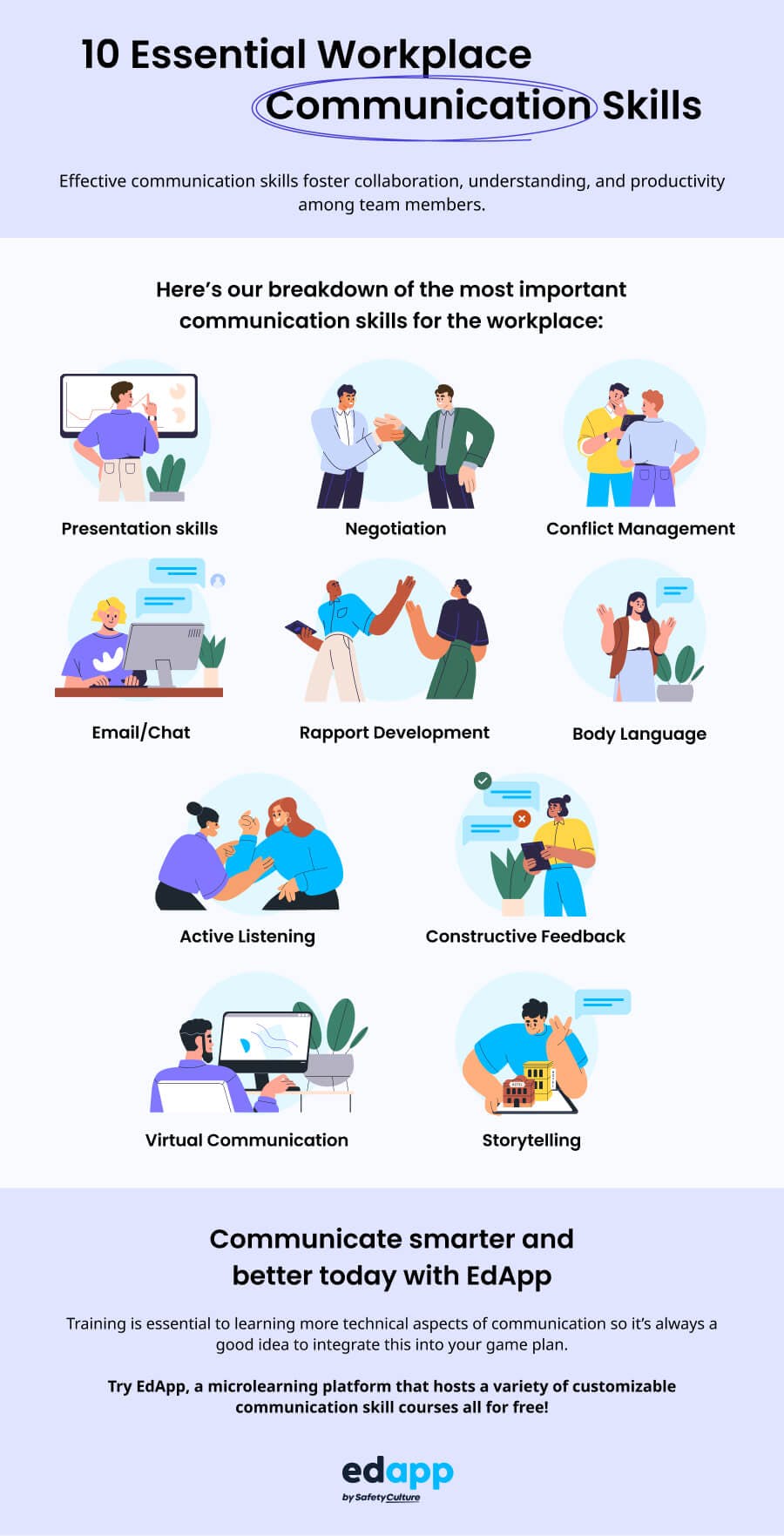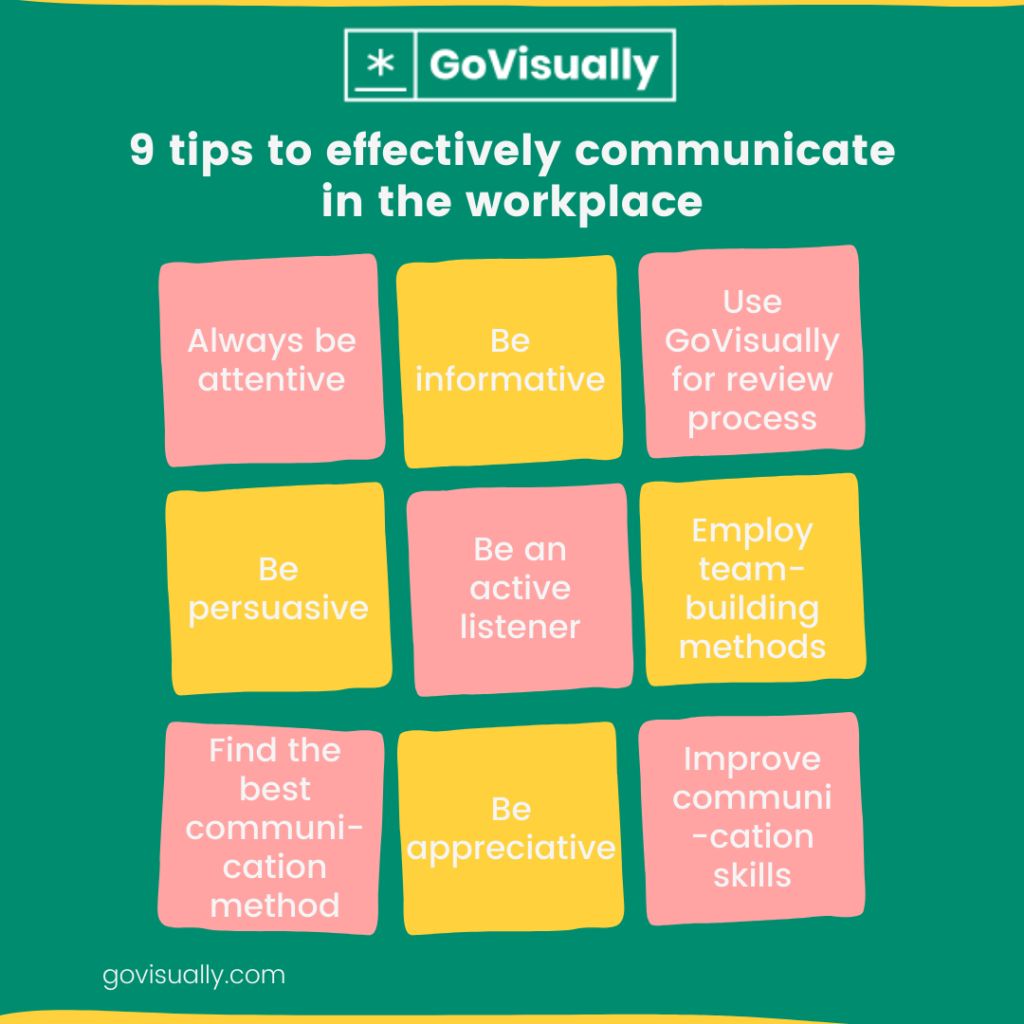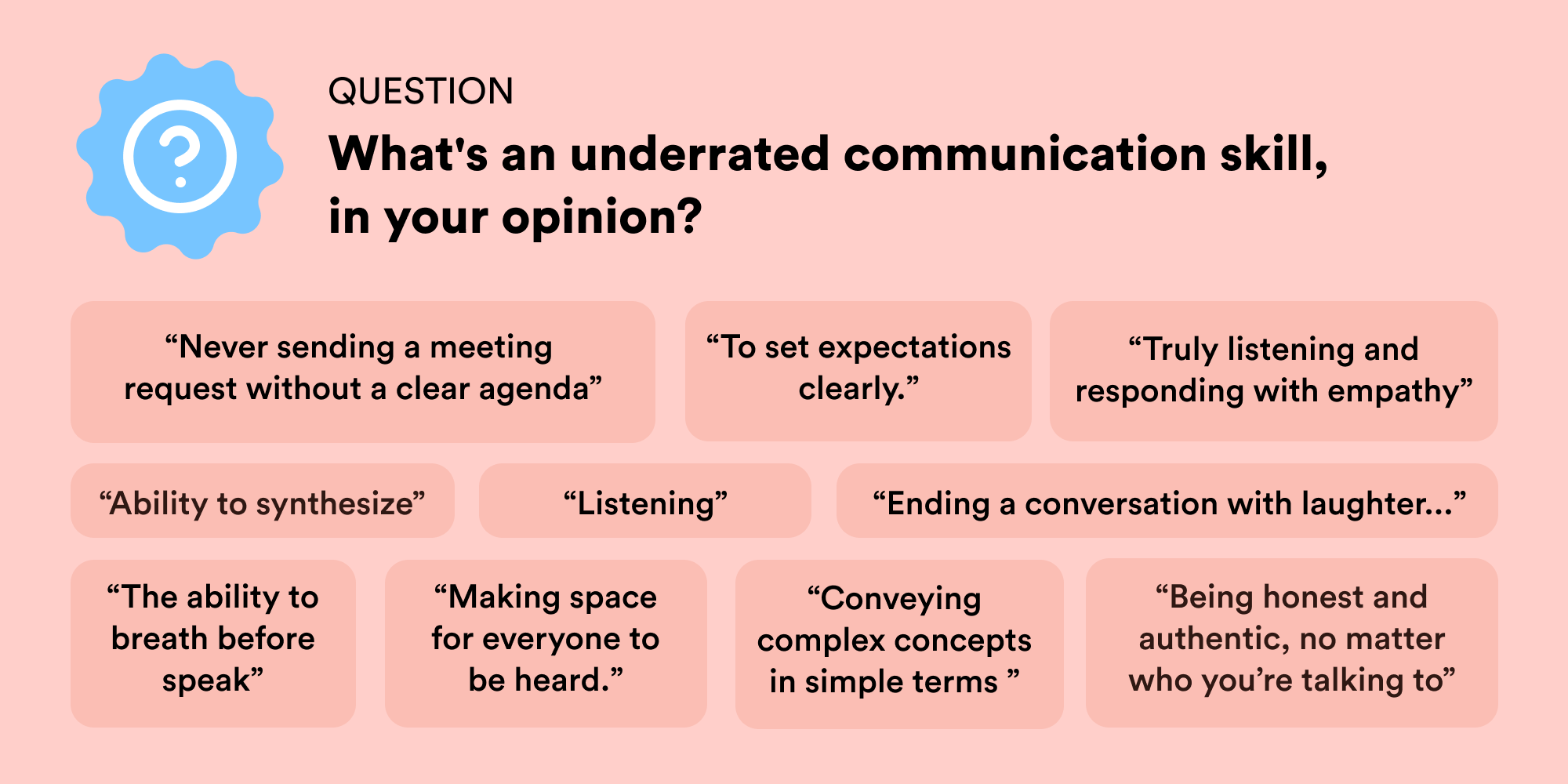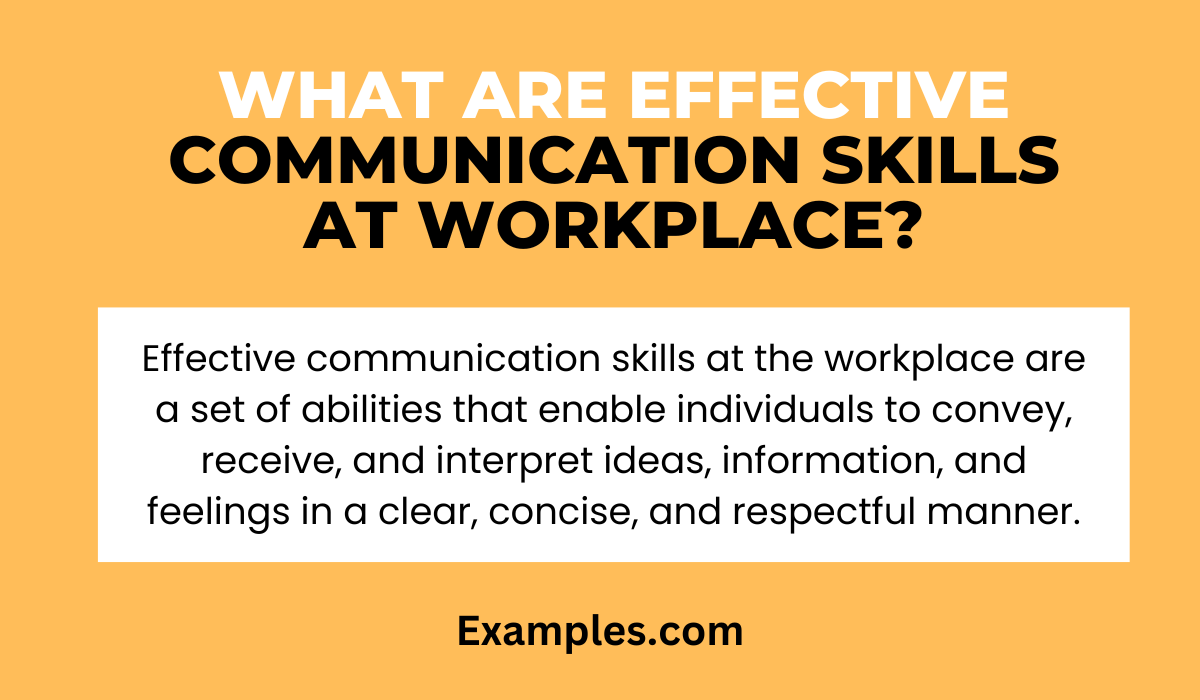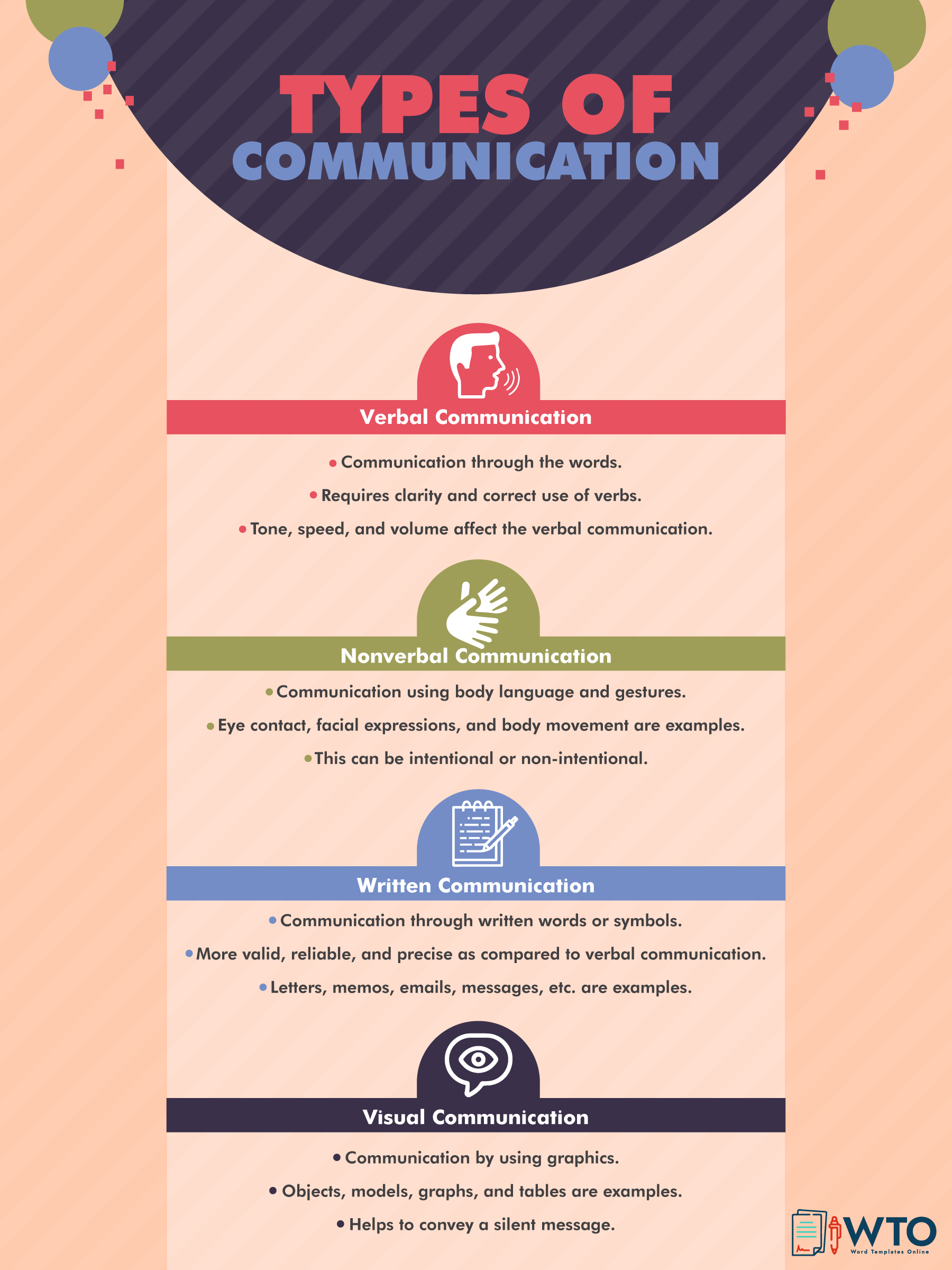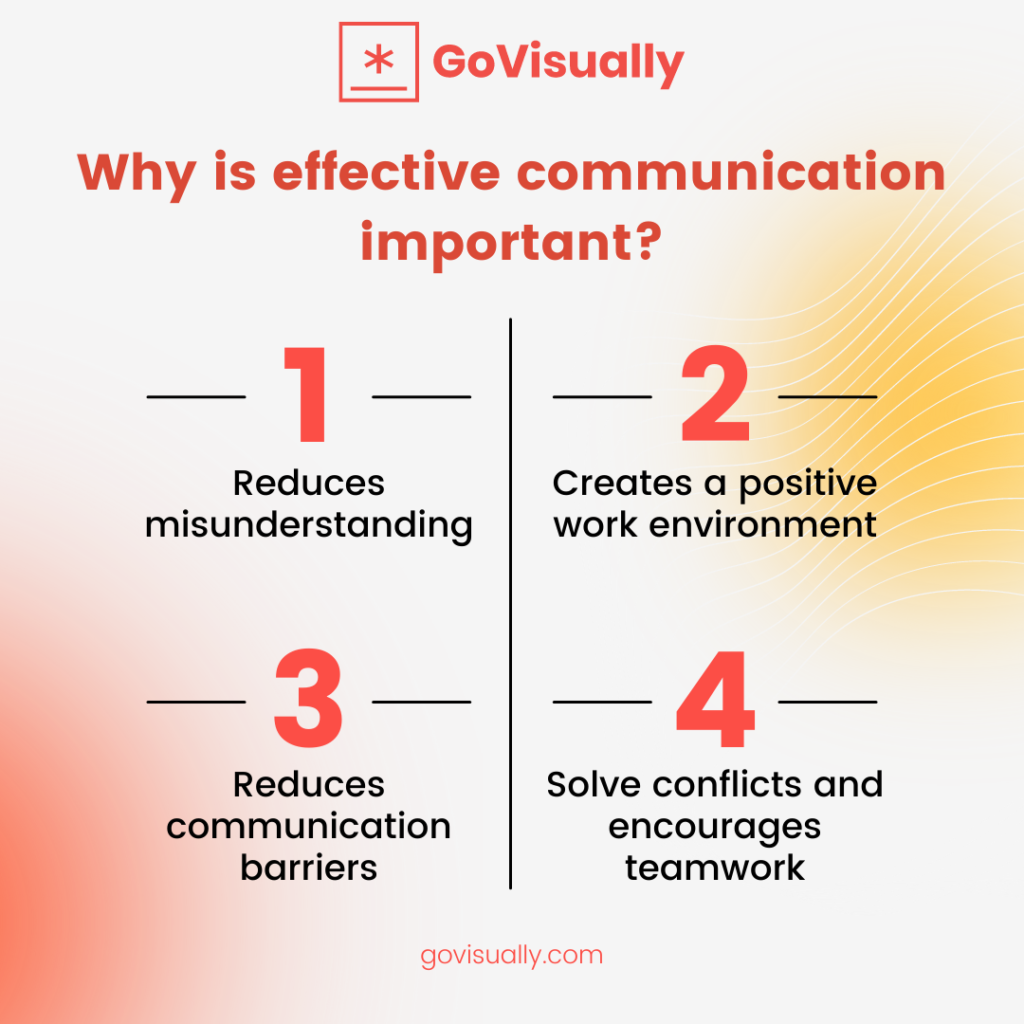Communication Skills For The Workplace
:max_bytes(150000):strip_icc()/communication-skills-list-2063779_FINAL1-5b60d4a9c9e77c00251d3de9.png)
Imagine a bustling office, the air thick with the murmur of conversations, the clatter of keyboards, and the occasional ring of a phone. But beneath the surface of apparent activity, misunderstandings brew, projects stall, and frustration mounts. The culprit? Often, it's not a lack of technical skill, but a deficit in the seemingly softer, yet undeniably crucial, realm of communication.
In today's dynamic work environment, mastering effective communication is no longer a mere advantage; it's an absolute necessity for individual and organizational success. Cultivating these skills can unlock greater productivity, foster stronger relationships, and create a more harmonious and effective workplace.
The Cornerstone of Collaboration
Good communication acts as the bedrock for effective teamwork. When team members can clearly articulate their ideas, actively listen to their colleagues, and provide constructive feedback, collaborative efforts flourish. This involves more than just speaking; it's about understanding and being understood.
Consider a scenario where a project team struggles to meet a deadline. Open and honest communication, where each member feels comfortable expressing concerns and offering solutions, can help identify bottlenecks and reallocate resources effectively, potentially saving the project from failure.
Bridging Generational Gaps
Modern workplaces often comprise individuals from diverse generations, each with their own communication styles and preferences. Understanding these differences is key to fostering inclusivity and preventing misunderstandings. For example, while older generations might prefer face-to-face meetings or phone calls, younger generations often lean towards instant messaging and email.
According to a study by the Society for Human Resource Management (SHRM), companies that prioritize intergenerational communication strategies report higher levels of employee engagement and retention. Adapting communication methods to suit different preferences can help bridge generational gaps and create a more cohesive work environment.
Beyond Words: Nonverbal Communication
Communication extends far beyond the spoken or written word. Nonverbal cues, such as body language, facial expressions, and tone of voice, play a significant role in conveying meaning and building rapport. Being aware of these cues, both in ourselves and in others, can significantly enhance our ability to connect and communicate effectively.
A simple smile, a nod of acknowledgment, or maintaining eye contact can communicate attentiveness and respect, fostering a more positive and collaborative atmosphere. Conversely, crossed arms, avoiding eye contact, or a dismissive tone can send unintended signals of disinterest or disapproval, hindering effective communication.
Active Listening: The Art of Understanding
Effective communication is a two-way street. Active listening, which involves paying close attention to the speaker, asking clarifying questions, and providing thoughtful feedback, is crucial for understanding and responding appropriately. It's about truly hearing what the other person is saying, both verbally and nonverbally.
Practicing active listening demonstrates respect for the speaker and encourages them to share their ideas and perspectives openly. It also helps to prevent misunderstandings and ensures that everyone is on the same page.
Cultivating Communication Skills
Communication skills are not innate; they can be learned and honed through conscious effort and practice. Many organizations offer training programs and workshops to help employees develop their communication skills. These programs often cover topics such as active listening, effective writing, presentation skills, and conflict resolution.
Furthermore, seeking feedback from colleagues and mentors can provide valuable insights into areas for improvement. Self-reflection and a willingness to learn are essential for continuous growth in this area.
"The single biggest problem in communication is the illusion that it has taken place,"as George Bernard Shaw famously said.
The ability to communicate effectively is a skill that transcends industries and job titles. It is the glue that binds teams together, the catalyst for innovation, and the key to building strong relationships. Investing in developing these skills is an investment in personal and organizational success.
Ultimately, the power of communication lies in its ability to connect us, to bridge divides, and to create a shared understanding. By prioritizing and nurturing these skills, we can transform our workplaces into more productive, collaborative, and fulfilling environments for everyone.
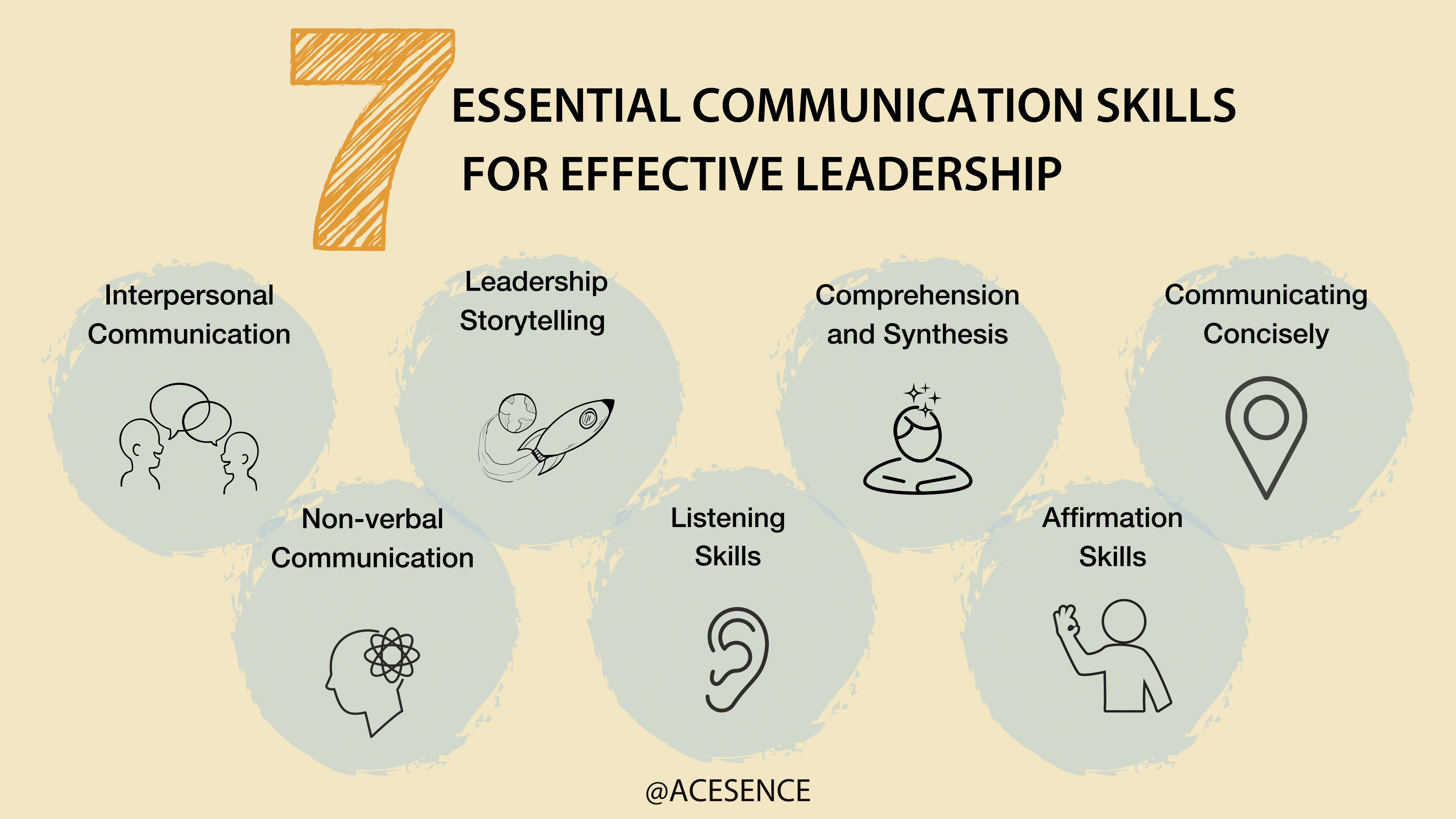
/iStock_000049266740_Medium-56b097713df78cf772cfe49f.jpg)
